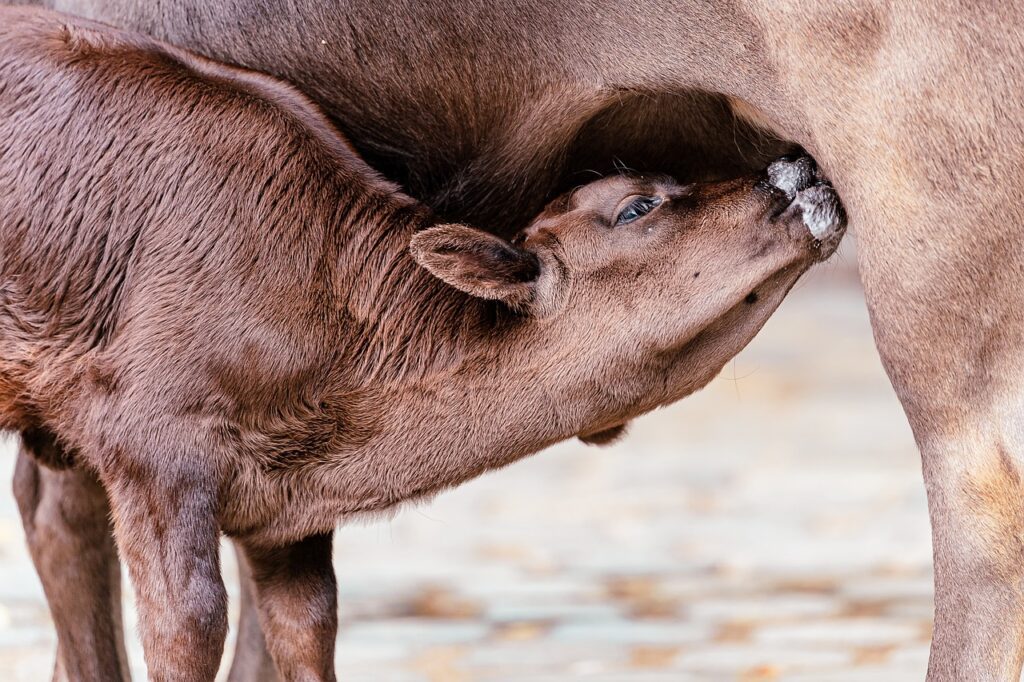The Retained Placenta in Horses and Cows
by Ben J. Character, DVM

“Retained placenta” is a self-descriptive term referring to the inappropriate lack of passage of the fetal membranes (that is, the calf or foal’s “bag”) after birth. This condition can occur in any species, but the severity and importance for removal depends greatly on what type of animal is affected.
In the cow, a retained placenta is not an emergency. Many events and problems with the birth of the calf may result in a retained placenta. Cows that twin commonly retain the placenta of the second calf, and in some cases, may retain both.
It used to be common to “clean out” a cow that had a retained placenta. Many different substances were used to flush the uterus, and try to stimulate the membranes to release. With the advent of new drugs, those days should be a thing of the past. Most of the flushes did more damage than good, and the manual removal causes scaring of the uterine lining. Now, through the use of injections, there are several effective protocols of placental release. These injections stimulate the uterus and cause it to contract and release the placenta.
In the mare, a retained placenta should be considered an emergency. The mare should pass all the placental membranes within 4 hours after the birth of a foal. After this time period, a veterinarian should be contacted to assess the situation. In most cases, medical treatment can be started to stimulate release of the membrane. Prolonged retention may result in secondary complications of colic and/or laminitis (founder).

